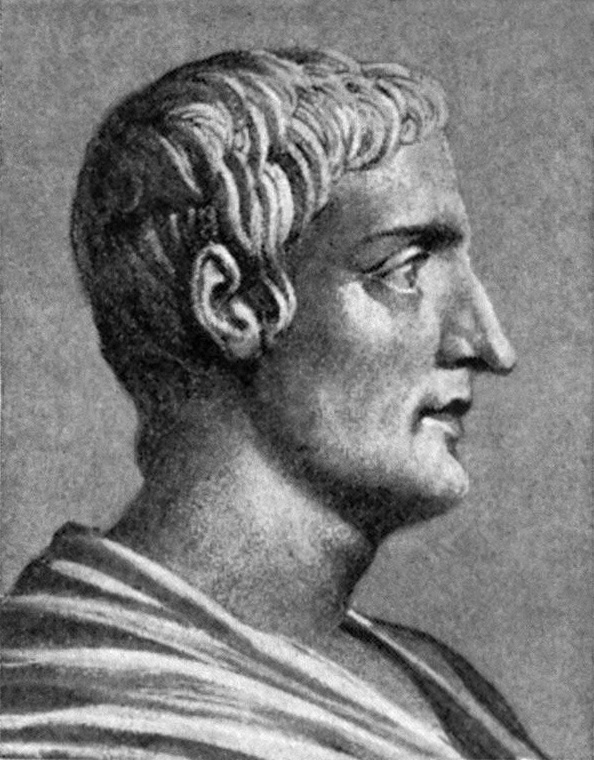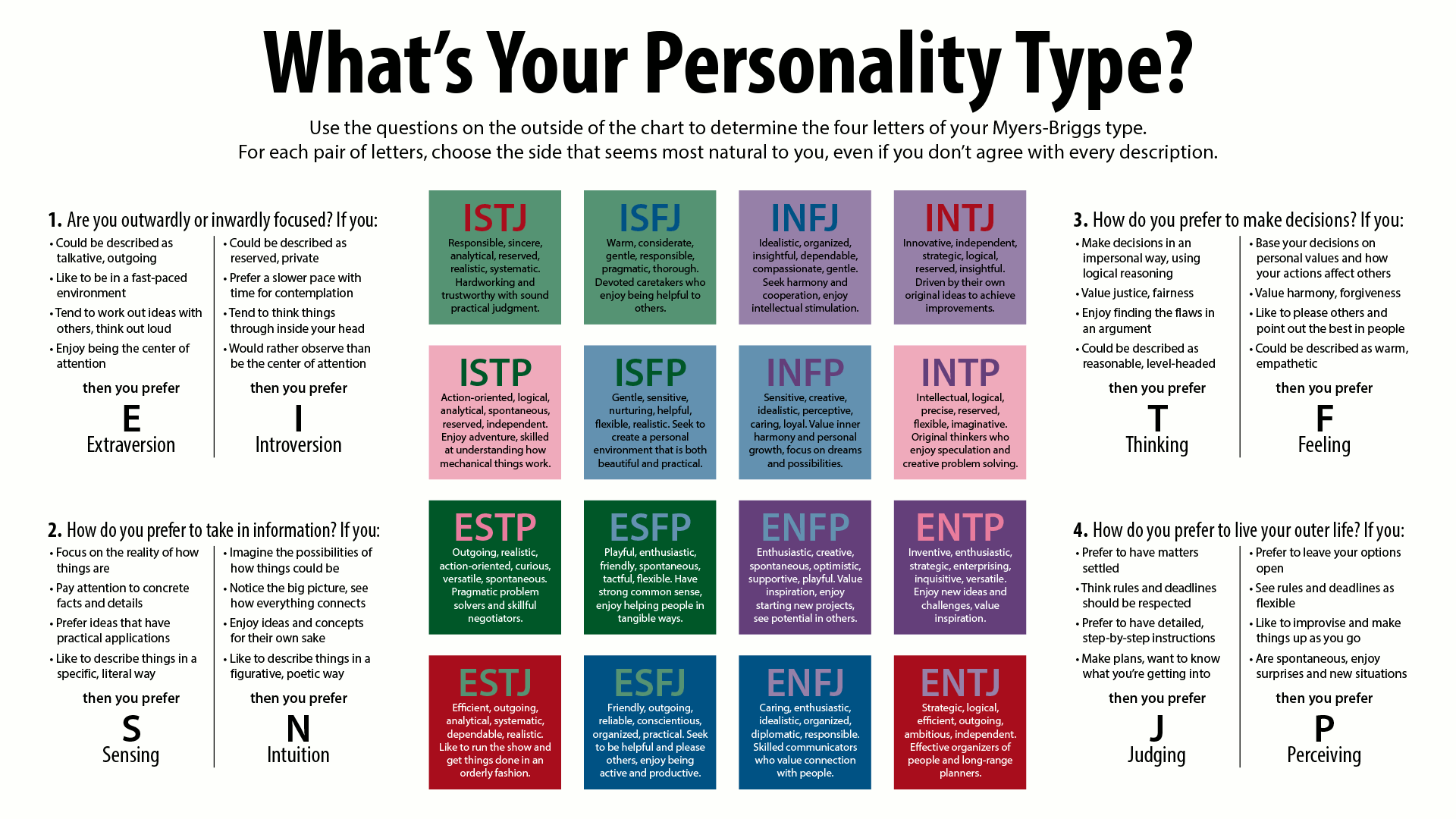|
Analytical Psychology
Analytical psychology (, sometimes translated as analytic psychology; also Jungian analysis) is a term referring to the psychological practices of Carl Jung. It was designed to distinguish it from Freud's psychoanalytic theories as their seven-year collaboration on psychoanalysis was drawing to an end between 1912 and 1913. The evolution of his science is contained in his monumental ''opus'', the '' Collected Works'', written over sixty years of his lifetime. The history of analytical psychology is intimately linked with the biography of Jung. At the start, it was known as the "Zurich school", whose chief figures were Eugen Bleuler, Franz Riklin, Alphonse Maeder and Jung, all centred in the Burghölzli hospital in Zurich. It was initially a theory concerning psychological complexes until Jung, upon breaking with Sigmund Freud, turned it into a generalised method of investigating archetypes and the unconscious, as well as into a specialised psychotherapy. Analytical ... [...More Info...] [...Related Items...] OR: [Wikipedia] [Google] [Baidu] |
Jungian Archetypes
Jungian archetypes are a concept from psychology that refers to a universal, inherited idea, pattern of thought, or image that is present in the collective unconscious of all human beings. As the psychic counterpart of instinct (i.e., archetypes are innate, symbolic, psychological expressions that manifest in response to patterned biological instincts), archetypes are thought to be the basis of many of the common themes and symbols that appear in stories, myths, and dreams across different cultures and societies. Some examples of archetypes include those of the mother, the child, the trickster, and Flood myth, the flood, among others. The concept of the collective unconscious was first proposed by Carl Jung, a Swiss Psychiatry, psychiatrist and Analytical Psychology, analytical psychologist. According to Jung, archetypes are innate patterns of thought and behavior that strive for Self-realization, realization within an individual's environment. This process of Self-actualization, ... [...More Info...] [...Related Items...] OR: [Wikipedia] [Google] [Baidu] |
Ethnography
Ethnography is a branch of anthropology and the systematic study of individual cultures. It explores cultural phenomena from the point of view of the subject of the study. Ethnography is also a type of social research that involves examining the behavior of the participants in a given social situation and understanding the group members' own interpretation of such behavior. As a form of inquiry, ethnography relies heavily on participant observation, where the researcher participates in the setting or with the people being studied, at least in some marginal role, and seeking to document, in detail, patterns of social interaction and the perspectives of participants, and to understand these in their local contexts. It had its origin in social and cultural anthropology in the early twentieth century, but has, since then, spread to other social science disciplines, notably sociology. Ethnographers mainly use Qualitative research, qualitative methods, though they may also include ... [...More Info...] [...Related Items...] OR: [Wikipedia] [Google] [Baidu] |
Anthropology
Anthropology is the scientific study of humanity, concerned with human behavior, human biology, cultures, society, societies, and linguistics, in both the present and past, including archaic humans. Social anthropology studies patterns of behaviour, while cultural anthropology studies cultural meaning, including norms and values. The term sociocultural anthropology is commonly used today. Linguistic anthropology studies how language influences social life. Biological anthropology, Biological (or physical) anthropology studies the biology and evolution of Human evolution, humans and their close primate relatives. Archaeology, often referred to as the "anthropology of the past," explores human activity by examining physical remains. In North America and Asia, it is generally regarded as a branch of anthropology, whereas in Europe, it is considered either an independent discipline or classified under related fields like history and palaeontology. Etymology The abstract noun ''wikt ... [...More Info...] [...Related Items...] OR: [Wikipedia] [Google] [Baidu] |
Rationalist Philosophy
In philosophy, rationalism is the epistemological view that "regards reason as the chief source and test of knowledge" or "the position that reason has precedence over other ways of acquiring knowledge", often in contrast to other possible sources of knowledge such as faith, tradition, or sensory experience. More formally, rationalism is defined as a methodology or a theory "in which the criterion of truth is not sensory but intellectual and deductive".Bourke, Vernon J., "Rationalism", p. 263 in Runes (1962). In a major philosophical debate during the Enlightenment,John Locke (1690), An Essay Concerning Human Understanding rationalism (sometimes here equated with innatism) was opposed to empiricism. On the one hand, rationalists like René Descartes emphasized that knowledge is primarily innate and the intellect, the inner faculty of the human mind, can therefore directly grasp or derive logical truths; on the other hand, empiricists like John Locke emphasized that knowle ... [...More Info...] [...Related Items...] OR: [Wikipedia] [Google] [Baidu] |
Princeton University Press
Princeton University Press is an independent publisher with close connections to Princeton University. Its mission is to disseminate scholarship within academia and society at large. The press was founded by Whitney Darrow, with the financial support of Charles Scribner, as a printing press to serve the Princeton community in 1905. Its distinctive building was constructed in 1911 on William Street in Princeton. Its first book was a new 1912 edition of John Witherspoon's ''Lectures on Moral Philosophy.'' History Princeton University Press was founded in 1905 by a recent Princeton graduate, Whitney Darrow, with financial support from another Princetonian, Charles Scribner II. Darrow and Scribner purchased the equipment and assumed the operations of two already existing local publishers, that of the ''Princeton Alumni Weekly'' and the Princeton Press. The new press printed both local newspapers, university documents, '' The Daily Princetonian'', and later added book publishing ... [...More Info...] [...Related Items...] OR: [Wikipedia] [Google] [Baidu] |
Psychological Type
In psychology, personality type refers to the psychological classification of individuals. In contrast to personality traits, the existence of personality types remains extremely controversial. Types are sometimes said to involve ''qualitative'' differences between people, whereas traits might be construed as ''quantitative'' differences. According to type theories, for example, introverts and extraverts are two fundamentally different categories of people. According to trait theories, introversion and extraversion are part of a continuous dimension, with many people in the middle. Clinically effective personality typologies Effective personality typologies reveal and increase knowledge and understanding of individuals, as opposed to diminishing knowledge and understanding as occurs in the case of stereotyping. Effective typologies also allow for increased ability to predict clinically relevant information about people and to develop effective treatment strategies. There is an exte ... [...More Info...] [...Related Items...] OR: [Wikipedia] [Google] [Baidu] |
Myers–Briggs Type Indicator
The Myers–Briggs Type Indicator (MBTI) is a self-report questionnaire that makes pseudoscientific claims to categorize individuals into 16 distinct "psychological types" or "personality types". The MBTI was constructed during World War II by Americans Katharine Cook Briggs and her daughter Isabel Briggs Myers, inspired by Swiss psychiatrist Carl Jung's 1921 book ''Psychological Types''. The test assigns a binary value to each of four categories: introversion or extraversion, sensing or intuition, thinking or feeling, and judging or perceiving. One letter from each category is taken to produce a four-letter test result representing one of 16 possible types, such as "INFP" or "ESTJ". The perceived accuracy of test results relies on the Barnum effect, flattery, and confirmation bias, leading participants to personally identify with descriptions that are somewhat desirable, vague, and widely applicable. As a psychometric indicator, the test exhibits significant deficiencies, incl ... [...More Info...] [...Related Items...] OR: [Wikipedia] [Google] [Baidu] |
Synchronicity
Synchronicity () is a concept introduced by Carl Jung, founder of analytical psychology, to describe events that coincide in time and appear meaningfully related, yet lack a discoverable causal connection. Jung held that this was a healthy function of the mind, although it can become harmful within psychosis. Jung developed the theory as a hypothetical noncausal principle serving as the intersubjective or philosophically objective connection between these seemingly meaningful coincidences. After coining the term in the late 1920s Jung developed the concept with physicist Wolfgang Pauli through correspondence and in their 1952 work ''The Interpretation of Nature and the Psyche''. This culminated in the Pauli–Jung conjecture.Jung, Carl G. 9512005.Synchronicity. Pp. 91–98 in ''Jung on Synchronicity and the Paranormal'', edited by R. Main. London: Taylor & Francis. Jung and Pauli's view was that, just as causal connections can provide a meaningful understanding of the psyc ... [...More Info...] [...Related Items...] OR: [Wikipedia] [Google] [Baidu] |
Shadow (psychology)
In analytical psychology, the shadow (also known as ego-dystonic complex, repressed id, shadow aspect, or shadow archetype) is an unconscious aspect of the personality that does not correspond with the ego ideal, leading the ego to resist and project the shadow, creating conflict with it. The shadow may be personified as archetypes which relate to the collective unconscious, such as the trickster. Overview The shadow can be thought of as the blind spot of the psyche. The repression of one's id, while maladaptive, prevents shadow integration, the union of id and ego. While they are regarded as differing on their theories of the function of repression of id in civilization, Sigmund Freud and Carl Jung coalesced at Platonism, wherein id rejects the '' nomos''. Persona is contrasted against the shadow. Jung regarded the shadow as unconscious – id and biography – suppressed under the superego's ego-ideal, the way the superego wants to be. The shadow is projected onto ... [...More Info...] [...Related Items...] OR: [Wikipedia] [Google] [Baidu] |
Self In Jungian Psychology
The Self in Jungian psychology is a dynamic concept which has undergone numerous modifications since it was first conceptualised as one of the ''Jungian archetypes''. Historically, the Self, according to Carl Jung, signifies the unification of consciousness and unconsciousness in a person, and representing the psyche as a whole. It is realized as the product of individuation, which in his view is the process of integrating various aspects of one's personality. For Jung, the Self is an encompassing whole which acts as a container. It could be symbolized by a circle, a square, or a mandala. Two center hypothesis The idea that there are two centers of the personality distinguished Jungian psychology at one time. The ego has been seen as the center of consciousness, whereas the Self is defined as the center of the total personality, which includes consciousness, the unconscious, and the ego; the Self is both the whole and the center. While the ego is a self-contained center of the ... [...More Info...] [...Related Items...] OR: [Wikipedia] [Google] [Baidu] |
Individuation
The principle of individuation, or ', describes the manner in which a thing is identified as distinct from other things. The concept appears in numerous fields and is encountered in works of Leibniz, Carl Jung, Gunther Anders, Gilbert Simondon, Bernard Stiegler, Friedrich Nietzsche, Arthur Schopenhauer, David Bohm, Henri Bergson, Gilles Deleuze, and Manuel DeLanda. Usage The word ''individuation'' occurs with different meanings and connotations in different fields. In philosophy Philosophically, "individuation" expresses the general idea of how a thing is identified as an individual thing that "is not something else". This includes how an individual person is held to be different from other elements in the world and how a person is distinct from other persons. By the seventeenth century, philosophers began to associate the question of individuation or what brings about individuality at any one time with the question of identity or what constitutes sameness at different p ... [...More Info...] [...Related Items...] OR: [Wikipedia] [Google] [Baidu] |






